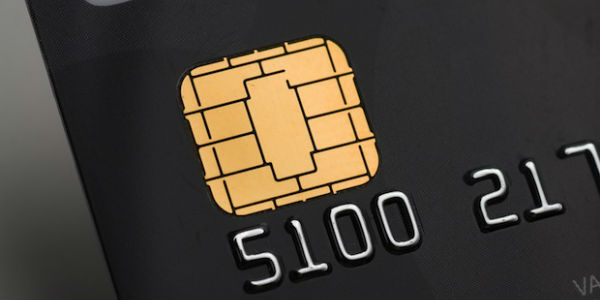To EMV or not to EMV…Will alternative payments take precedence?

by. Karen Gordon
In the past few months the already-hot payments industry has been put in an unfavorable spotlight. Because of the magnitude of the recent data breaches at several major retailers the payments industry has been forced to take a more serious look at updating antiquated card technology. The push for EMV is going full tilt, but much like any breaking news, when it first creates headlines there is more to the story than meets the eye.
I offer this comparison. When Edward Snowden started disclosing information about the dragnet data collection policies of the NSA, the public was not fully informed of his rationale for doing so and were wary of his tactics. Over time, with more coverage circulating across media outlets, Americans began to see that there was more to Snowden’s disclosure than espionage at the hands of a traitor. While controversy remains over whether his actions were justified, a tipping point was reached that pushed for positive changes in privacy laws.
The movement toward adopting EMV is running down a similar vein. Following the Target breach, the general public was made aware that the rest of the world utilizes EMV chip-enabled cards that are more secure than the current mag-stripe cards issued in the United States. This knowledge led to an assumption that EMV would have prevented the breach and left many Americans wondering why our country hasn’t adopted a more secure card system. Eventually we learned that a third party vendor was responsible for the data compromises and that fraud prevention isn’t solely about the type of technology in our cards. Even though EMV wouldn’t have prevented the breach, with awareness comes heightened expectations and momentum to change.
Changes in payment methods have traditionally moved at a snail’s pace, but today, that rate of change is quickening as the severity of fraud breaches rises and the liability for fraudulent charges is shifting. New regulations go into effect in October of 2015 that will place financial liability for card-present losses on the party that hasn’t invested in EMV. For example, if VISA switches to EMV cards and a merchant decides to keep their old systems, the merchant will be responsible for fraudulent charges. On the flip side, if a financial institution is still issuing mag-stripe cards but a merchant has a new terminal that accepts EMV technology, then the FI is on the hook.
continue reading »